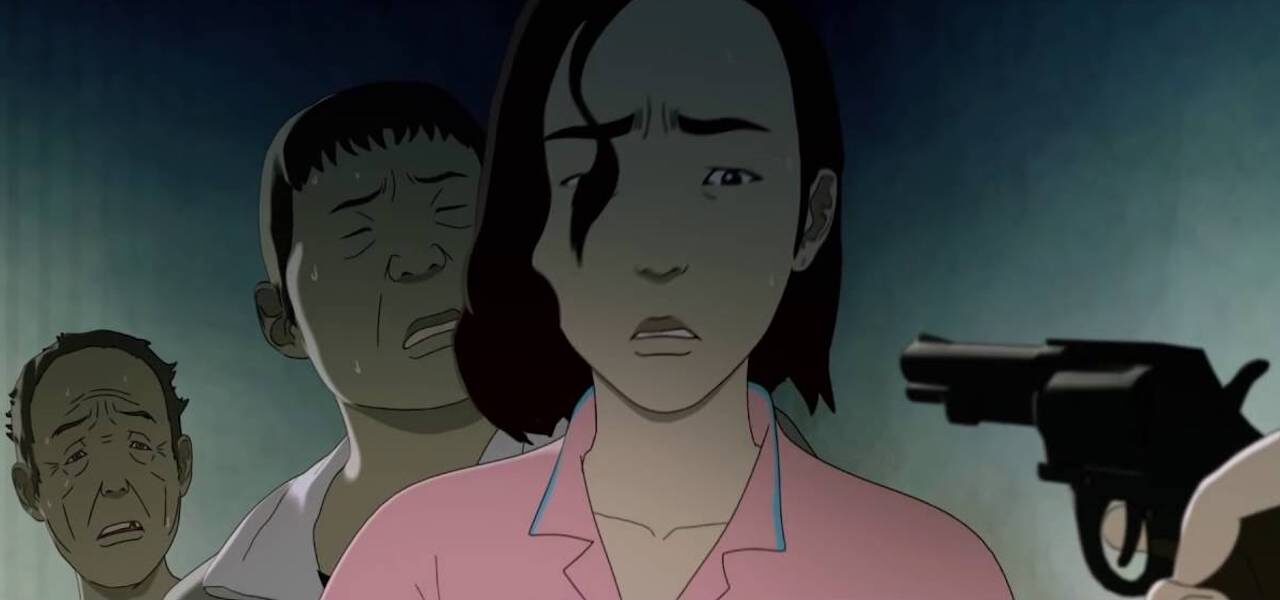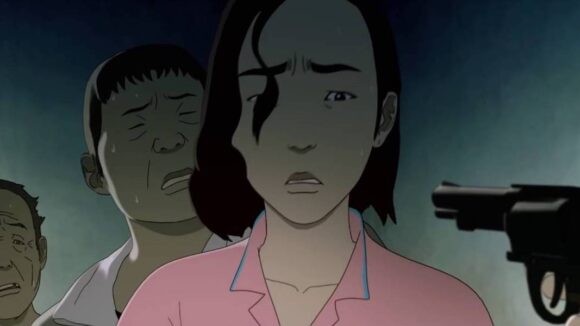

A History Of South Korea’s ‘Hidden’ Animation Industry
Anime is a global phenomenon, while Chinese animation is enjoying a headline-grabbing boom at home. But animation in neighboring South Korea remains a “hidden industry,” argues Youtuber Wookong in his history of the industry.
Over 27 brisk minutes, Wookong runs us through the development of Korean animation, from rudimentary commercials and anti-communist propaganda in the 1950s and 1960s to its current place on the cusp of global success. We see clips of cheap anime knock-offs, a show Wookong calls “the Korean Simpsons,” and recent indie releases like Seoul Station (image at top).
The video doubles up as a primer on South Korea’s postwar politics, which shaped the animation industry at every step. Early series suffered censorship yet benefited from protectionist policies. The run-up to the 1988 Seoul Olympics was studded with sport-themed shows. More recently, now-disgraced ex-president Park Geun-hye stimulated the creative sector as part of her economic strategy.
Where does that leave things today? While the country’s pop culture conquers the world through music (BTS), cinema (Parasite), and series (Squid Game), Wookong believes its animation “still remains in obscurity.” The industry is no longer known overseas chiefly for its service work, but it has yet to produce a genuine breakout hit.
Wookong suggests a number of reasons for this, chiefly the fact that “investors lack the confidence to promote effectively” — but believes the animation industry has the talent and potential to trigger a new wave of Korean cultural influence around the world.
If it does, you’ll hear about it here on Cartoon Brew. Below, you’ll find some of our recent coverage of the country’s films and series. If you want to discover more historical Korean animation, Wookong has created a compilation in a separate video.



